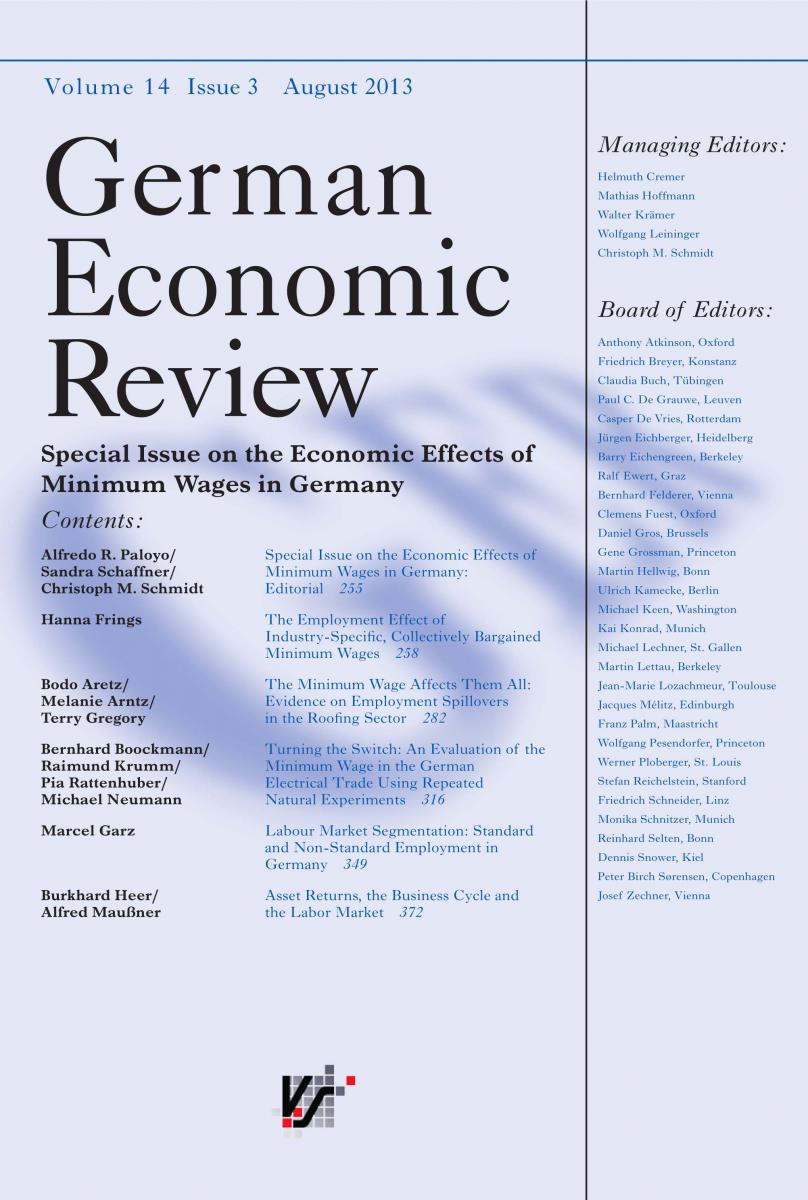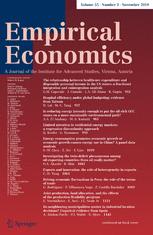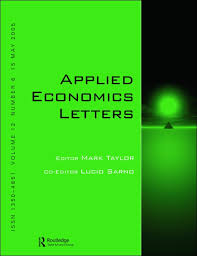Dr Rolf Scheufele

Current Position
since 3/12
Research Affiliate
Halle Institute for Economic Research (IWH) – Member of the Leibniz Association
since 3/12
Economist
Swiss National Bank
Research Interests
- applied econometrics
- macroeconomic modelling
Rolf Scheufele joined the institute as a Research Affiliate in March 2012. His research focuses on applied econometrics and macroeconometric modelling.
Rolf Scheufele holds the position of economist at Swiss National Bank. Prior to that, he was working at IWH.








